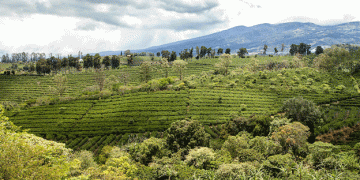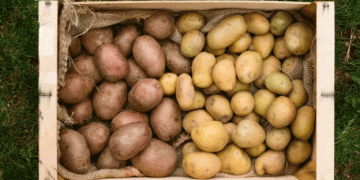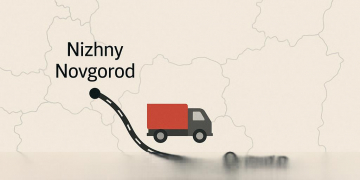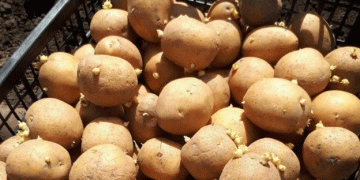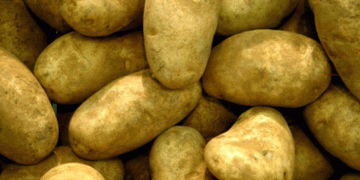At the end of March, the first potatoes from arable farmer Ben Minkhorst from Hummelo (GD) went into the ground. Due to the wet spring, the last potatoes were not planted until the end of May. There was also a lot of precipitation around 17 May, resulting in flooding.
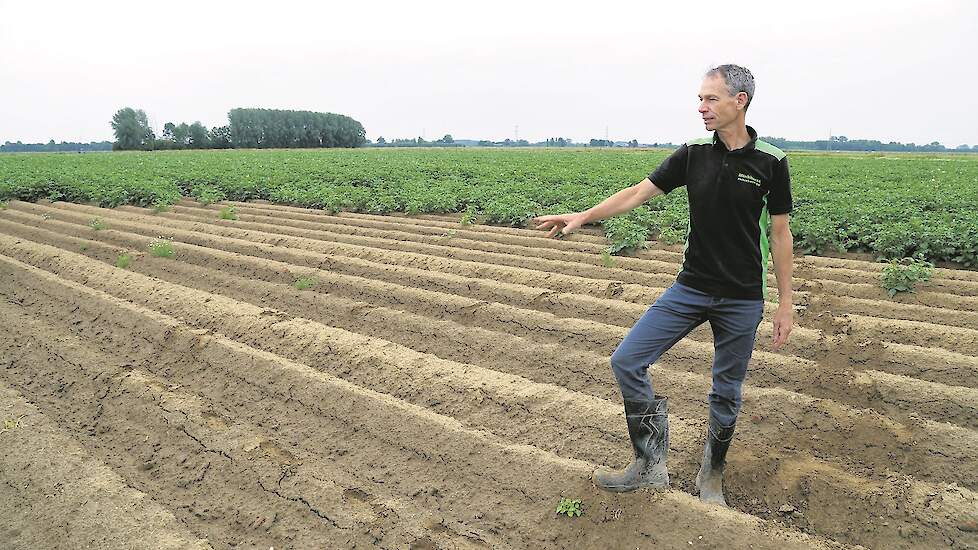
The potatoes are drowned.
You will understand that there is no longer any good potato in this, says Ben Minkhorst of arable farm Minkhorst. “I think that we experienced flooding on about 50 of the almost 250 hectares of potatoes. And that about 5 percent of the acreage is rotten.”
He takes out his phone and shows a video he made of one of his potato fields after the precipitation of 17 May. It can be seen that on the lower part of the plot the water is between the potato ridges. In a few places the ridges even disappear completely under water. “In two days, about 55 millimeters fell. Especially the plots that had just been planted and milled could not process the water well. We hadn’t gotten around to milling trenches, which we normally do as standard.” After the showers, Minkhorst and his employees dug trenches by hand for days to drain the excess water as best as it could and prevent further damage.
Shift shifts
The sober Hummelose arable farmer is not surprised by a few heavy showers. It is not for nothing that he mills standard ditches in his plots. And he thinks it is only logical that growing potatoes is accompanied by setbacks. “It is a utopia that nothing can go wrong with 250 hectares. You have to stay realistic,” says Minkhorst. “Every year is a special year, but 2021 is surely ‘one out of thousands’. Due to the wet spring we were still planting on 20 May. I am now 53 years old and I have never seen the planting season last so long. Normally we take a maximum of four weeks. And that part of the acreage is already rotten is also new to me.”

Read the full report in the Vee&Gewas of Saturday 3 July. Not a subscriber yet? Request a free trial number here .



